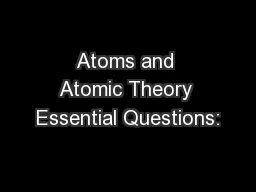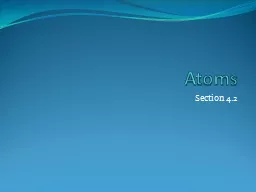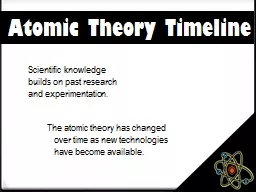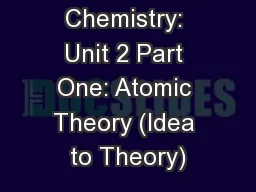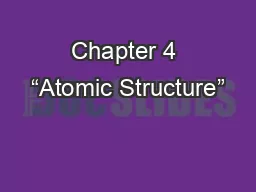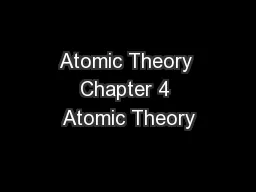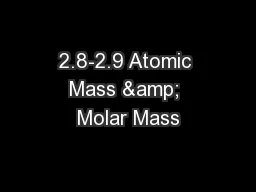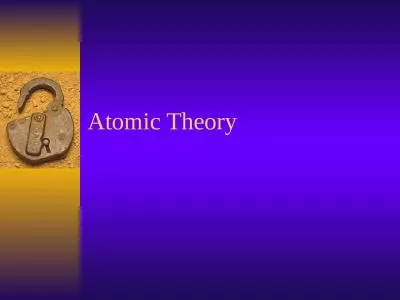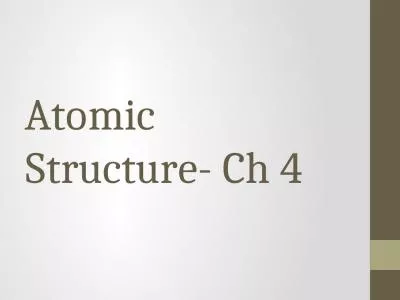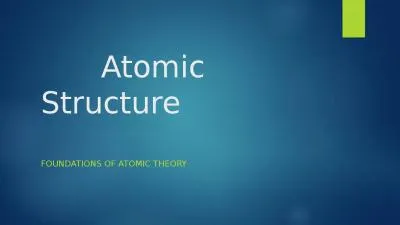PPT-Atoms and Atomic Theory Essential Questions:
Author : sherrill-nordquist | Published Date : 2018-11-05
How and why has the Atomic Theory changed over time How can we describe the molecular motion of the states of matter Objectives Students will explain that atoms
Presentation Embed Code
Download Presentation
Download Presentation The PPT/PDF document "Atoms and Atomic Theory Essential Questi..." is the property of its rightful owner. Permission is granted to download and print the materials on this website for personal, non-commercial use only, and to display it on your personal computer provided you do not modify the materials and that you retain all copyright notices contained in the materials. By downloading content from our website, you accept the terms of this agreement.
Atoms and Atomic Theory Essential Questions:: Transcript
Download Rules Of Document
"Atoms and Atomic Theory Essential Questions:"The content belongs to its owner. You may download and print it for personal use, without modification, and keep all copyright notices. By downloading, you agree to these terms.
Related Documents

